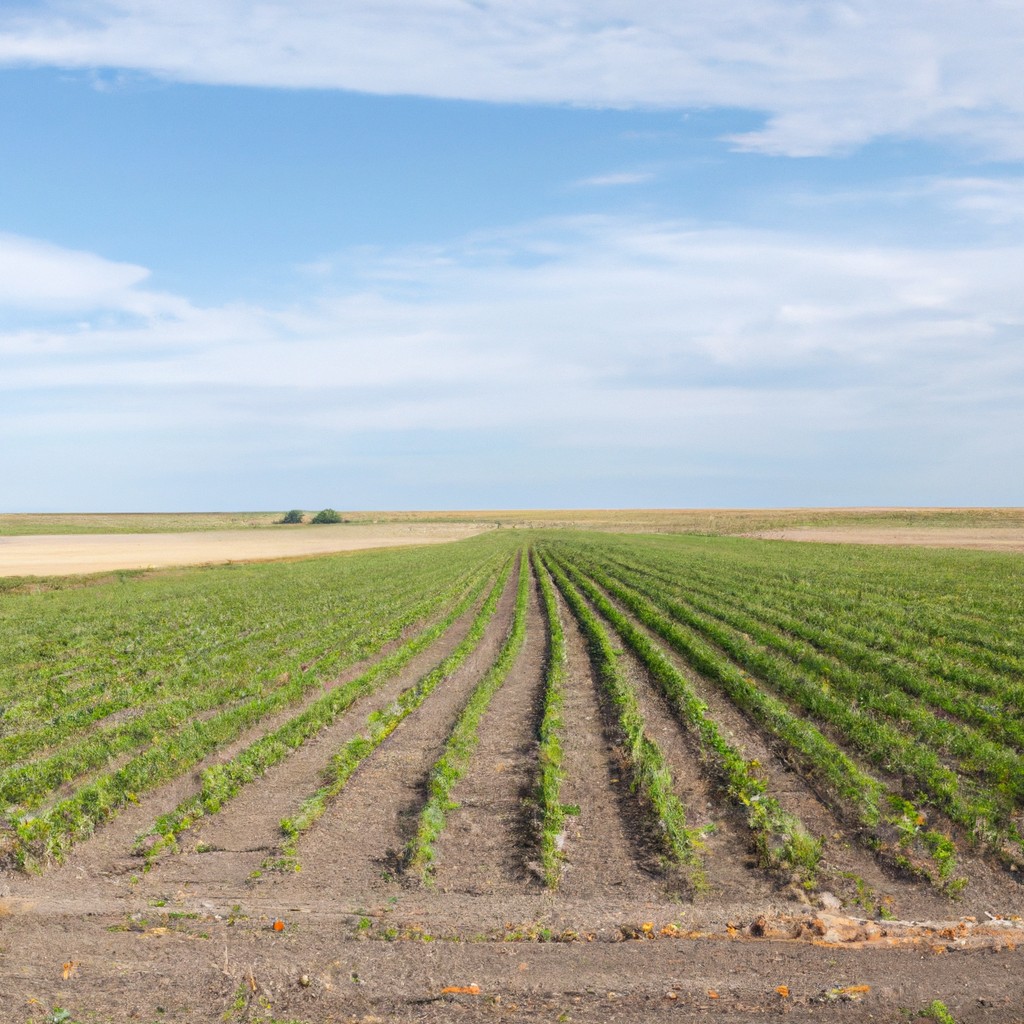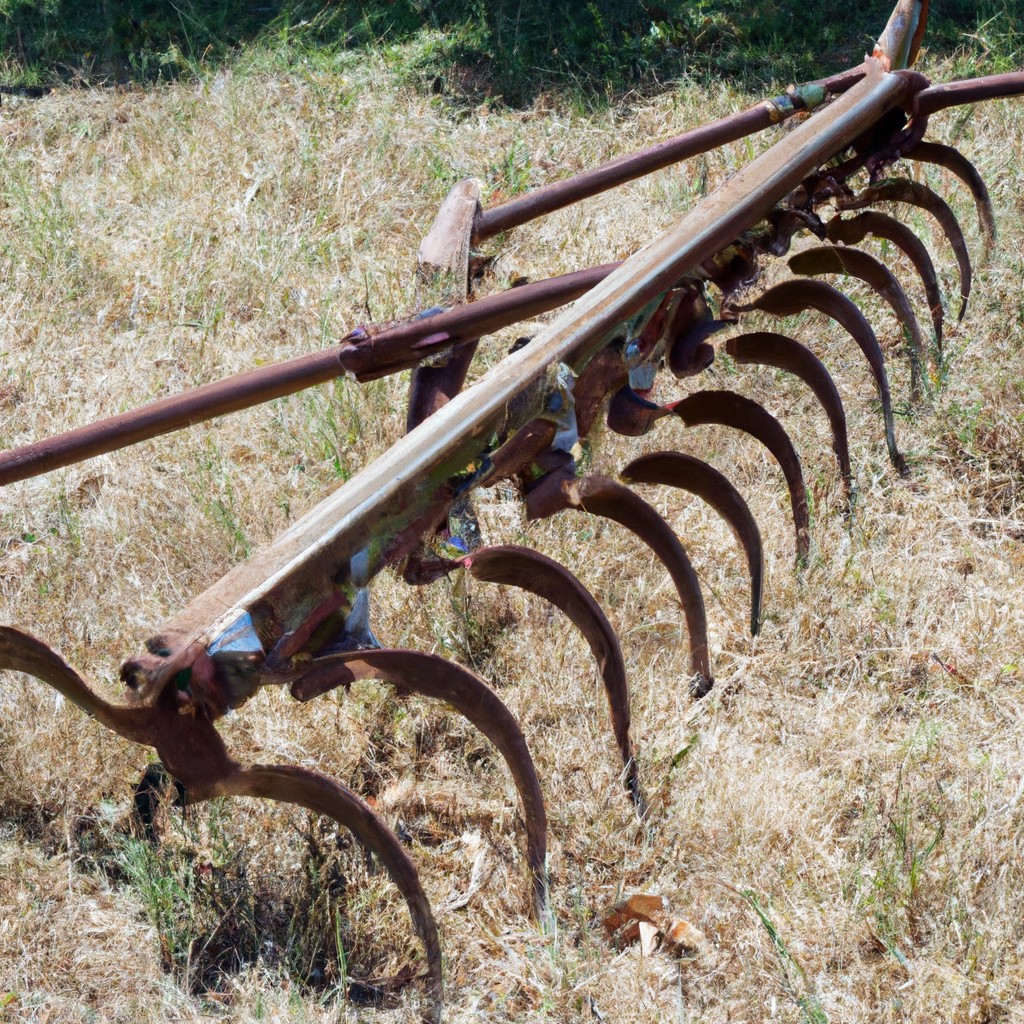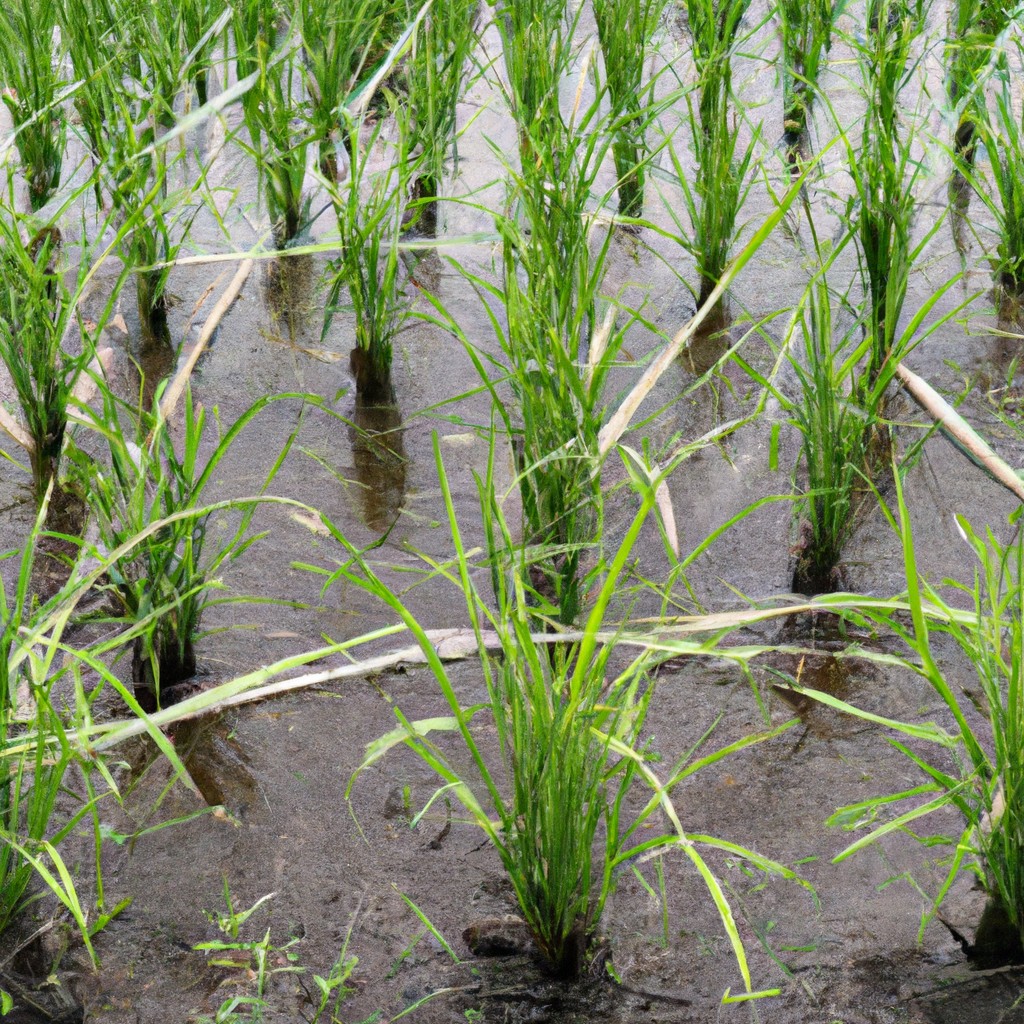Yes, regenerative farming is suitable for loosely grown crops as it enhances biodiversity and soil health which can effectively support diverse crop growth.
Regenerative farming, with its emphasis on soil health, biodiversity, and ecological balance, is well-suited to loosely grown crops. This farming method enhances the resilience of crops, making them more adaptable to varying weather conditions and less reliant on synthetic inputs.
The diverse plant species in a regenerative system can provide loosely grown crops with natural protection against pests and diseases.
This article delves into the specifics of how regenerative farming practices can benefit loosely grown crops, offering a comprehensive understanding of the subject.
Key takeaways:
- Regenerative farming benefits loosely grown crops by enhancing biodiversity and soil health.
- Loosely grown crops promote better air circulation, light penetration, and plant health.
- Consider soil type and biodiversity when transitioning to regenerative farming.
- Regenerative farming boosts soil fertility and resilience of loosely grown crops.
- Challenges include initial costs and lack of knowledge, but benefits outweigh hurdles.
Look Inside:
Understanding Regenerative Farming

Regenerative farming is a set of agricultural practices aimed at revitalizing degraded soil, boosting biodiversity, and building a farming system that can sustain itself over the long-term. In this system, nature is used as a model and the focus shifts from simply sustaining production to regenerating the agricultural ecosystem.
Central to this approach are strategies like minimal soil disturbance, permanent soil cover, and crop diversification. These strategies complement each other to create a self-sustaining agroecosystem that improves the water cycle, strengthens the resilience of crops, enhances natural pest control, and sequesters more carbon, among other benefits.
The Nature of Loosely Grown Crops
Loosely grown crops refer to those that are not planted in densely packed rows or blocks but are scattered across a farm or field. These could include a variety of plants such as legumes, fruits, vegetables, or grains, among others.
The growing pattern promotes better air circulation and light penetration to the plants, reducing the likelihood of diseases and pests, and enhancing overall plant health and productivity. With loosely grown crops, each plant has a more extensive root system, which can help improve soil structure and increase nutrient uptake from the soil.
This crop configuration can positively contribute to the overall biodiversity of the farm, a crucial component in the regenerative farming model.
Evaluating the Suitability of Regenerative Farming for Loosely Grown Crops
Regenerative farming requires careful planning and assessment, particularly when it is intended to be incorporated with loosely grown crops. The focus lies on the overall health of the ecosystem, emphasizing soil fertility, biodiversity, and carbon sequestration.
A key factor to consider is the land’s capacity to adapt to such a system. Given its emphasis on biodiversity of both fauna and flora, farms with a larger variety of insects and birds may have a greater opportunity for successful transition. The type of soil also plays a pertinent role with sandy or loam soils generally showing a quicker and more beneficial response to regenerative techniques.
Working towards this ecological balance may require a significant shift in the farming routine, crop rotation, and cover cropping being some of the feasible approaches to begin with. Farmers should also prepare to tackle initial challenges such as increased weed pressure or variable yield, which usually normalize as the land health improves over time.
The eventual benefits usually outweigh these initial hurdles, with farms becoming more resilient in the face of climate stressors, pests, and diseases. Farmers interested in adopting these methods should start with a pilot project or gradually transition one section of their farm at a time to mitigate risks. Regular soil testing and recording observable biological changes will aid in determining the effectiveness and making necessary adjustments.
Benefits of Regenerative Farming for Loosely Grown Crops
Regenerative farming can augment soil fertility naturally, thereby providing a robust foundation for loosely grown crops. It attributes to the restoration of degraded soil biomatter, resulting in higher water retention capacity which is crucial for these crops.
Greater biodiversity, another key feature of regenerative practices, introduces a natural form of pest control by welcoming beneficial insect life, thereby reducing the dependency on chemical pesticides. Moreover, the perpetual cycle of crop rotation in this farming method continually replenishes the nutritional content of soil, promoting healthier, sturdier crops.
These practices not only drive yield but are factors in enhancing the flavor and nutritional content of the produce, creating an opportunity for farmers to demand premium prices for their quality output. Last but not least, these practices increase the farmland’s resilience against climate change and natural disasters, ensuring long-term sustainability and self-sufficiency of farms.
Challenges in Implementing Regenerative Farming On Loosely Grown Crops
Transitioning to this farming method requires a paradigm shift in how farmers view and manage their land. One prevailing issue is the higher initial costs associated with the beneficial changes in land management such as implementing cover crop systems or purchasing necessary equipment.
Additionally, the lack of widespread knowledge and experience with these methods can hinder adoption. Existing subsidies and policies also tend to favor conventional farming practices over regenerative ones, creating yet another barrier.
Regardless of these challenges, the long-term ecological and economical benefits of regenerative farming underscore its importance for future sustainability.
Case Studies: Successful Regenerative Farming Practices for Loosely Grown Crops
In the plains of North Dakota, Gabe Brown, a pioneer in regenerative farming, has effectively employed crop diversity and planned grazing to produce healthy loosely grown crops like lentils, peas, wheat, and barley. Brown’s land, formerly degraded by commercial agricultural practices, has significantly improved in soil health, crop yields, and profitability.
Another illuminating example comes from Ben Falk’s Whole Systems Design farm in Vermont. Falk’s farm showcases how gathering loose crops like perennial salads, berries, and nuts in a regenerative mixed farming system can effectively reduce erosion, maintain soil fertility, and improve water management.
Down in Australia, Colin Seis’s Winona Farm also mirrors such success. Seis rejuvenated his degraded land through multi-species pasture cropping, a regenerative system that combines animal grazing with cropping, which has proved fruitful for loosely grown crops including oats.
These cases highlight the practicality and advantages of regenerative farming for loosely grown crops, underlining the viability of such an approach in diverse geographical settings and crop choices.
Future Perspectives: Regenerative Farming and Loosely Grown Crop Industry
As the agricultural sector evolves, the combination of regenerative farming and loosely grown crops holds promising potential for both environmental sustainability and food security.
Paradigm shifts in consumption trends, where consumers increasingly demand products grown in an ecologically responsible manner, further bolster this potential.
The convergence of innovative farming techniques, digital technologies, and policy support could facilitate this transition towards more sustainable methods of crop production.
However, it necessitates continued research, education, and widespread farmer adoption for the optimal execution and benefits.
Further development and refinement of regenerative farming practices tailored to loosely grown crop systems can propel the agricultural sector towards a resilient and sustainable future.
FAQ
What are the best crops for regenerative agriculture?
The most suitable crops for regenerative agriculture tend to be cover crops like legumes, including alfalfa and clover, and cereals and grasses such as rye, barley, and brassicas.
What are the problems with regenerative agriculture?
The primary challenges with regenerative agriculture include farmers’ requirement of new knowledge and skills, an increase in unwelcome plants due to less tilling, and potential rise in herbicide use as a countermeasure.
Why is regenerative agriculture not sustainable?
Regenerative agriculture may not be deemed sustainable due to its inability to scale due to land constraints and it does not effectively address animal welfare issues prevalent in the agriculture industry.
How does regenerative farming impact the yield of loosely grown crops?
Regenerative farming can positively impact the yield of loosely grown crops by enriching soil health, improving its nutrient cycle, and resilience to climate stressors.
What soil health management practices are essential for regenerative farming of loosely grown crops?
Essential soil health management practices for regenerative farming of loosely grown crops include improving soil structure through cover cropping, organic matter addition, crop rotation, and reducing tillage.
How can farmers transition from traditional to regenerative farming for loosely grown crops?
Farmers can transition to regenerative farming by adopting practices like planting cover crops, crop rotation, reducing tillage, enhancing biodiversity, and integrating livestock to improve soil health and sustainability.



